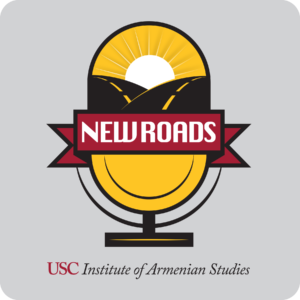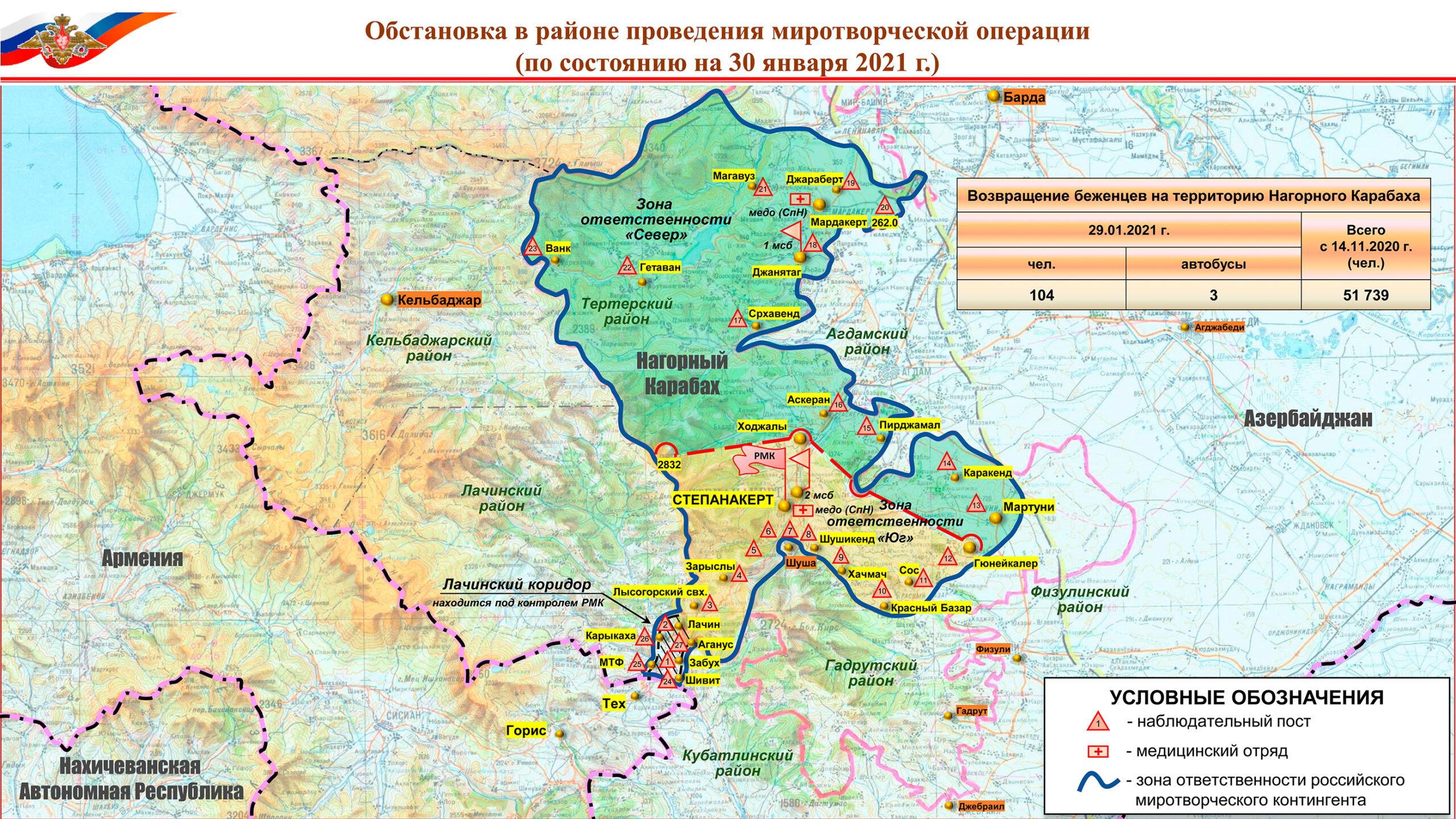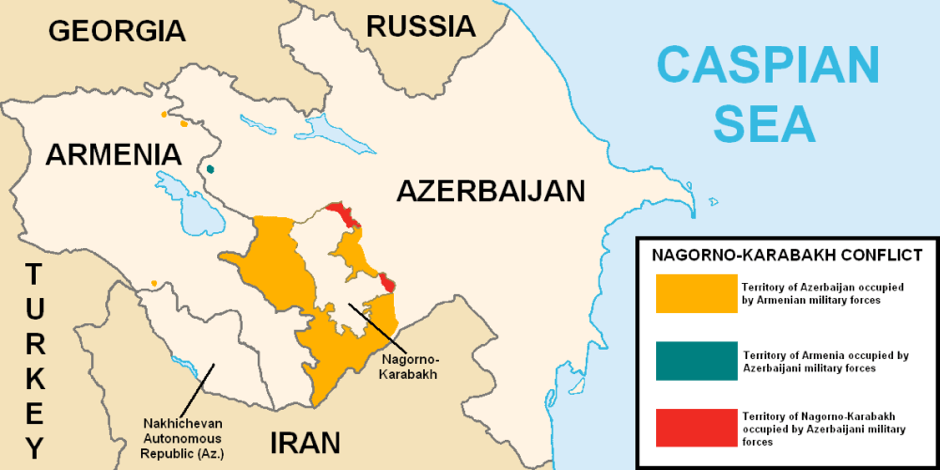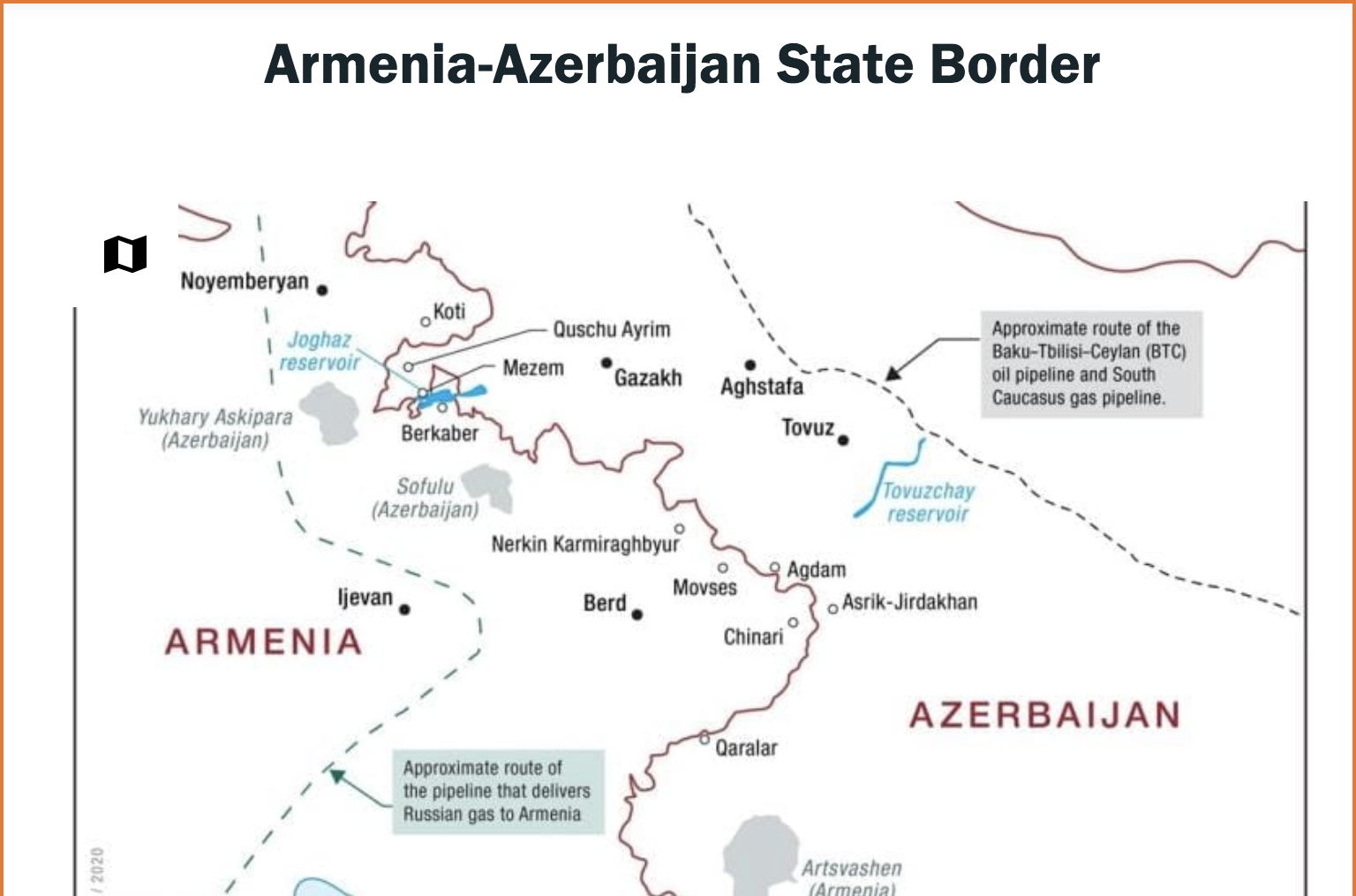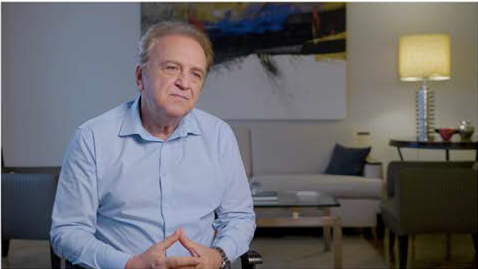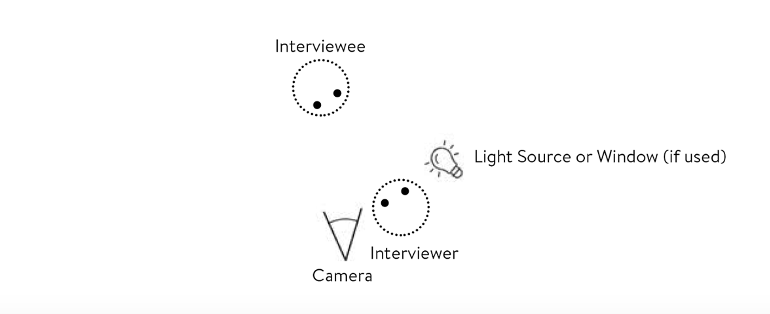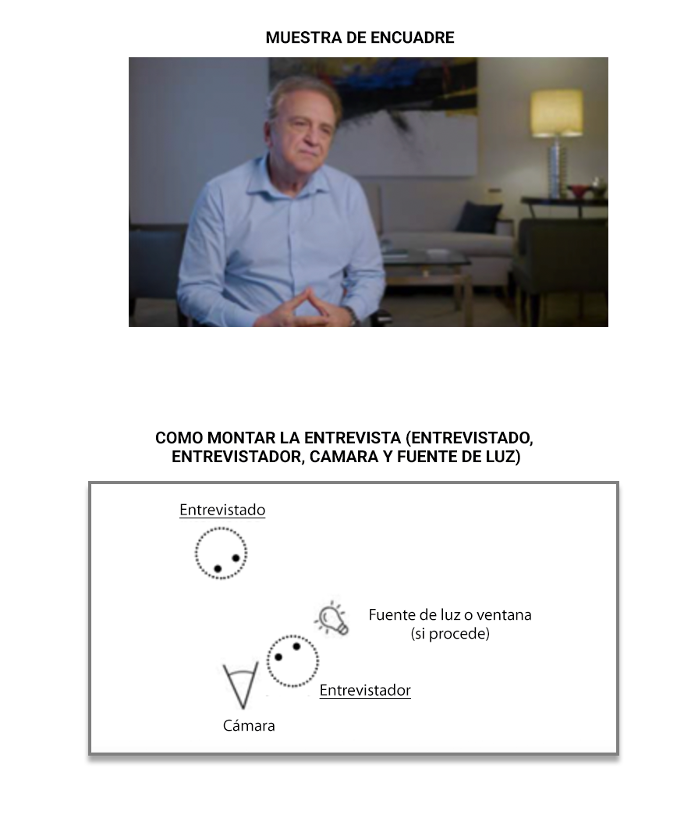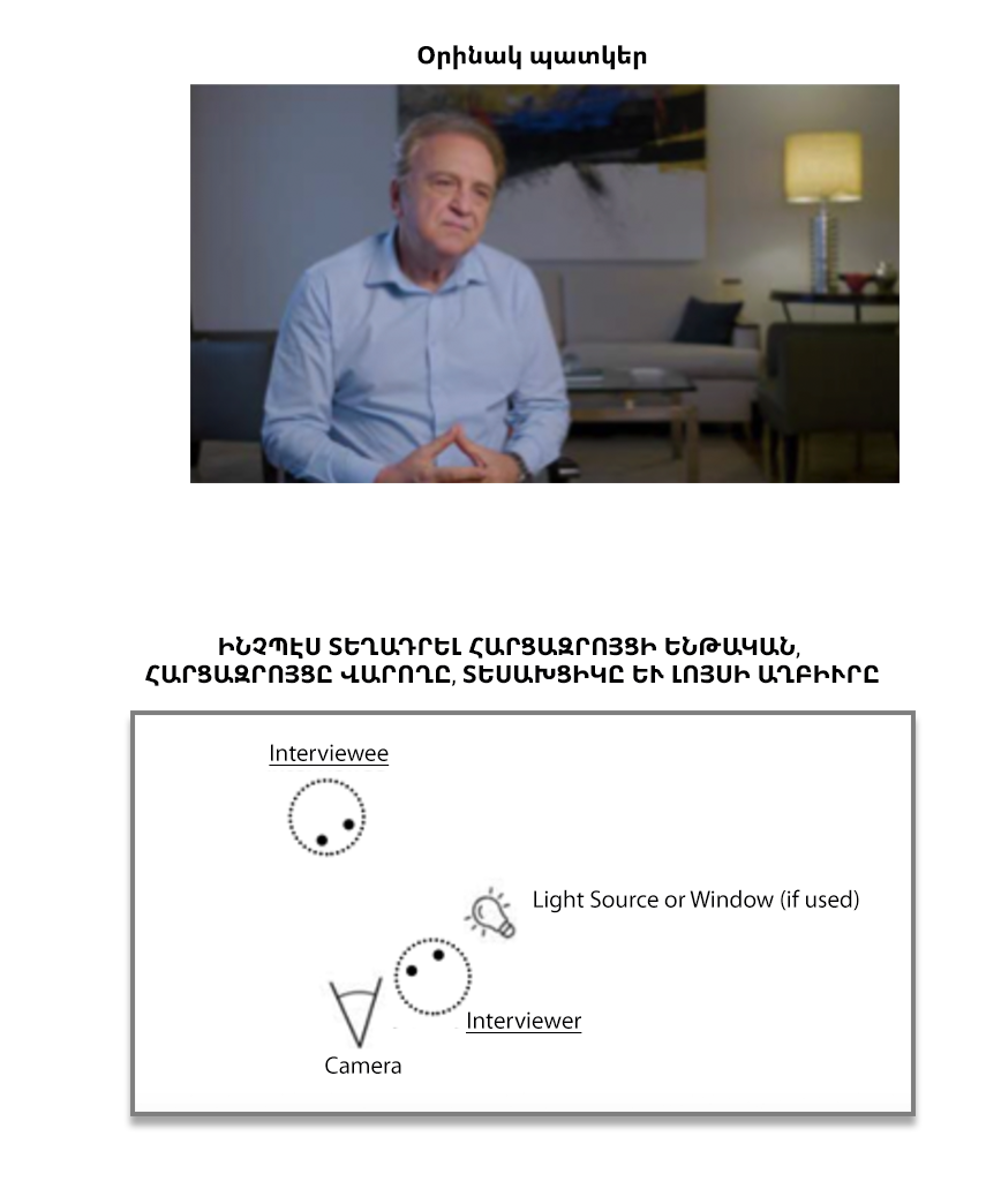Since diaspora studies emerged in the 1980s, the Armenian dispersion has played a prominent role in the scholarly literature seeking to understand and classify the nature, forms, and effects of diasporas as social formations.
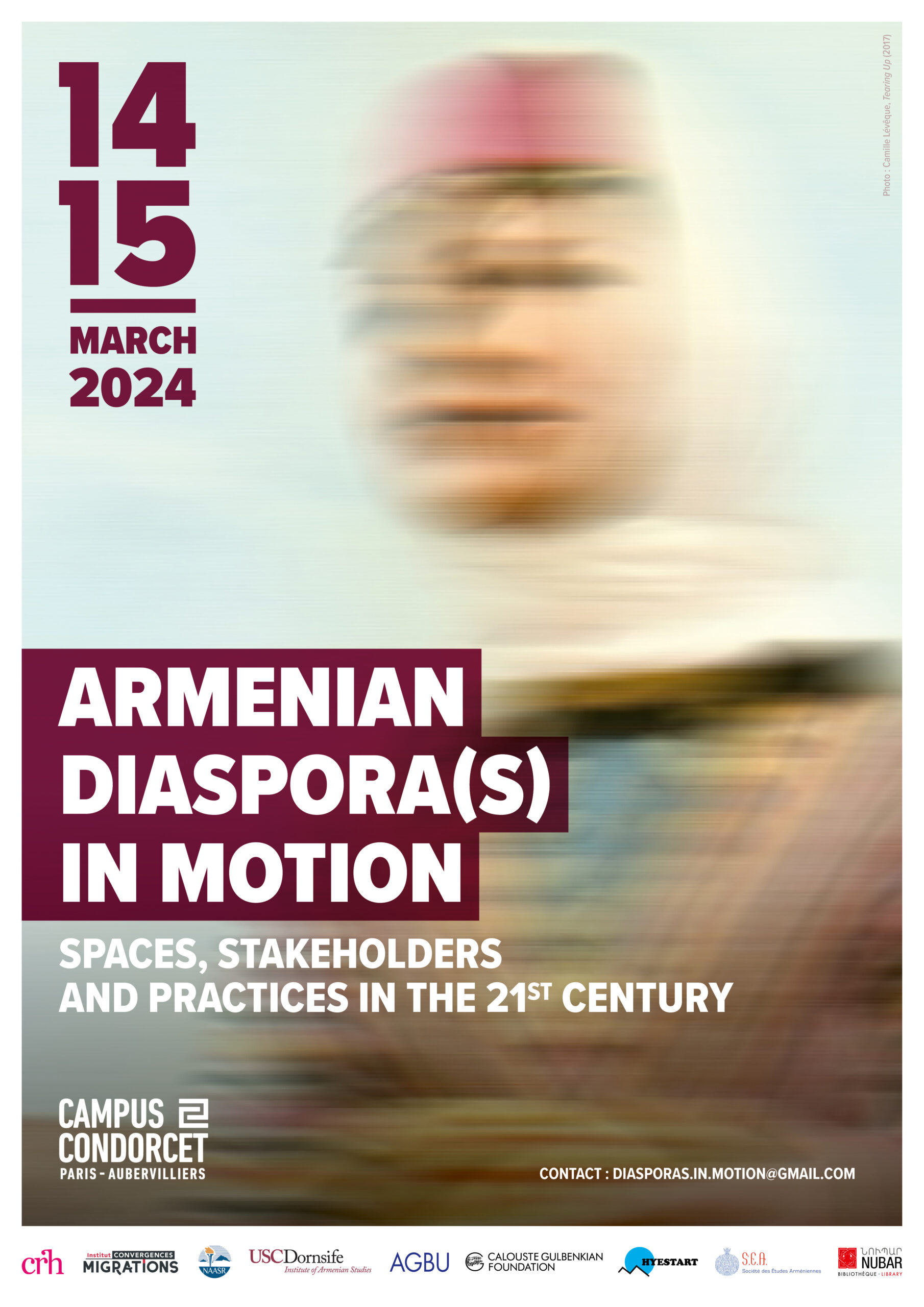 Although the notion of diaspora is multifaceted – changing based on the cases observed, criteria retained, disciplinary fields, and its dissemination and use by various actors (Hovanessian, 1998; Brubaker, 2005; Dufoix, 2011) – the Armenian experience, along with the Greek and Jewish cases, is widely discussed in works attempting to establish typologies of uprooted communities (Cohen, 1997; Bruneau, 1995, 2022; Sheffer, 2003; Tölölyan, 1996) as well as in the efforts to compare the diasporas considered paradigmatic (Bruneau et al., 2007; Hovannisian and Myers, 1999).
Although the notion of diaspora is multifaceted – changing based on the cases observed, criteria retained, disciplinary fields, and its dissemination and use by various actors (Hovanessian, 1998; Brubaker, 2005; Dufoix, 2011) – the Armenian experience, along with the Greek and Jewish cases, is widely discussed in works attempting to establish typologies of uprooted communities (Cohen, 1997; Bruneau, 1995, 2022; Sheffer, 2003; Tölölyan, 1996) as well as in the efforts to compare the diasporas considered paradigmatic (Bruneau et al., 2007; Hovannisian and Myers, 1999).
Among the criteria associated with the Armenian case, the longevity of the dispersion (Bruneau, 2007; Tölölyan, 2005; Panossian, 2006), a shared collective memory (Safran, 1991), and the vitality of an active minority that relies on old and conservative institutions (Ter Minassian, 1997; Tölölyan, 2000) are often cited. They help maintain transnational networks and nurture an “imagined community”, as well as a wished-for cohesion, especially in moments of converging mobilizations (Tölölyan, 1996).
However, 40 years after the rise of diaspora studies, one has to admit that far from offering a stable paradigm, the Armenian diaspora (an expression that should be used in the plural) has undergone numerous transformations. This is partly due to the ebb and flow of geopolitics, new technological developments, and socio-economic changes in the historical centers of the Armenian presence
With the end of the Soviet Union, new types of migration surfaced. Emigration from the Republic of Armenia – often perceived, justly or unjustly, as a “bleeding wound” – has profoundly changed the face of the diaspora. What is more, the last three decades have seen intensified processes of permanent or temporary “return” migration, reshaping the diaspora, Armenia, the ties between them, and leading to new modes of life in-between.
By the same token, new communities have sprung up in places that were not traditional Armenian settlements. Conversely, regions that had been home to genocide refugees and their descendants, and that had grown into full-blown epicenters of the “Armenian transnation”, have gradually or abruptly been emptied of their Armenian population in the wake of political crises, wars and economic instability (Lebanon, Iran, Iraq, Syria). Such recent developments call for a reassessment of the notions of homeland(s), home(s) and belonging(s) (Kasbarian, 2015 and 2020; Darieva, 2011; Panossian, 2014).
Similarly, territories with a long-standing Armenian presence, dating back to the 1920s (France, Belgium) or even the end of the 19th century (United States), have witnessed the arrival of new cohorts of Armenian immigrants hailing from new regions (Armenia, the Caucasus, and Russia after the end of the USSR, Syria after 2011), with heterogeneous socio-economic profiles. The settlement of these newly-arrived co-ethnics has paved the way for an ethno-cultural “replenishment” (Jimenez, 2010), revitalizing traditional community structures (schools, media, religious and political organizations, etc.). However, it has also given rise to new problems and questions at the individual and institutional levels, reshaping existing diasporic dynamics and leading to intra-group conflict, competition, mutual ignorance, or defiance, as noted by observers and stakeholders of the Armenian diaspora (Mekdjian, 2008; Cavoukian, 2021; Der Sarkissian, 2021).
While new diasporic communities are emerging, the historical loci of Armenian presence have lost their institutional resources and experienced new forms of member dispersal, fueling a declinist discourse centered on the haunting theme of “identity dilution” (Hovanessian, 2007). Simultaneously, voices that had previously been absent, ignored or imperceptible are gaining momentum, renewing the agenda of “ethno-political entrepreneurs” (Brubaker, 2004), and reinventing the repertoire of diasporic mobilization, which can take the form of aid and support for the disputed region of Karabagh, and can sometimes challenge or undermine traditional community structures, actors, and practices.
The objective of this 2-day conference will be to reflect on these contemporary reshapings of the Armenian diaspora(s), revealing their diversity and the new dynamics at work.
Proposals for papers may address the following issues, without necessarily being limited to them:
● How have succeeding migration histories and the heterogeneity of cohorts transformed diasporic spaces and Armenian communities?
● How have the various actors/stakeholders of the “old” diasporas responded to the demographic, political, and socio-cultural issues arising from the new context? What new actors have emerged?
● What impact have different kinds of “return” migrations had, whether they involve settling in the (“step-”)homeland, making pilgrimages to historical Armenia, or volunteering for international or local NGOs, thereby combining tourism with assistance to the country and self-discovery? How can the notion of homeland be reframed by the co-presence of a real homeland, and an imaginary or surrogate homeland?
● What new diasporic loci have emerged in the Armenian world? What roles do they play in this new set of dynamics?
● How does language reflect the ongoing changes occurring within Armenian diasporas?
● What roles do the media and social networks play on these transformations?
● How can we map out the contemporary Armenian dispersion, as well as the spaces, dynamics, practices, actors, and discourses that compose it? Which fields should be further explored to refine our understanding of the vast diasporic web? Which actors are interested in unpacking it, why, and what tools and resources do they use?
● What lessons can be drawn from other case studies? Beyond the classical comparisons between “textbook diasporas”, what other examples can be explored to better grasp and gauge what is currently at stake?
Colloquium Information
Dates: March 14 and 15, 2024
Location(s) : Conference Center, Campus Condorcet, Paris-Aubervilliers. 8, cours des Humanités 93322 Aubervilliers (metro station : line 12 – Front Populaire).
Submission guidelines: papers may be presented either in English or French. Abstracts (500 words) along with a short biographical notice must be sent to diasporas.in.motion@gmail.com by June 30, 2023.
Notification of selection from the scientific committee: July 2023
Travel expenses : participants’ travel and hotel expenses can be covered by the conference organizers.
Publication: the conference will be followed by a peer-reviewed publication in Études arméniennes contemporaines. The selected participants are expected to turn in a first draft of their article by March 1st, 2024.
Organizing committee:
Boris Adjemian
AGBU Nubar library, CRH-EHESS, Institut Convergences Migrations
Anouche Der Sarkissian
Sorbonne Nouvelle, CREW, Institut Convergences Migrations
Alain Navarra de Borgia-Navassartian
University of Bologna
Yann Scioldo-Zürcher
CNRS, CRH-EHESS, Institut Convergences Migrations


